Russian Gourmet: Pickles
This post is about pickles. Not your regular brownish-green vinegary mouth-puckering pickles. It’s about bright-green, crunchy, slightly salted pickles that taste fresh, slightly garlicky and with a hint of dill – pickles of my childhood. The closest thing to these that can be found in your regular grocery store is the Claussen Pickles but they are a far cry from the real thing. Rarely you can find excellent Ba-Tampte Half Sours usually in the kosher refrigerated section. For a better version head on to the Russian Store, they are sold by weight at the counter (grab yourself a couple of pickled apples and tomatoes while you are there).
Sometimes you can find a pickling spice mix at a Russian store, or if you have friends who will smuggle it for you illegally from Eastern Europe.

In the absence of pre-made spice mix I always use dill weed (fresh or dry) or dill seed, lots of garlic, some black peppercorns, maybe a hot pepper (be careful how hot), if you have cherry leaf or two, a horseradish leaf (which I’ve never seen sold here) and a few bay leaves.
Yesterday after a downtown lunch I stopped by the City Market and bought about 5 lbs of fresh pickling cucumbers.
These are not gigantic-looking things sold in Wal-Mart, they are small, light-green,bumpy and crunchy. In this area they are available only during the summer. I brought them home and soaked them in the kitchen sink to let all the dirt come loose. I also cut the ends off and pierce the cucumber with a knife in the middle. This way the brine has more surfaces to penetrate the cucumber.

From there on the process is simple – wash the cucumbers and put them in the jar, adding garlic and spices at the same time. The hard part is to guess the amount of salt. The general rule of thumb is 1 tablespoon of salt dissolved in 1 liter (quart) of warm water, I think it has to be a regular tablespoon heaping with salt. Lately I’ve been using 2 measuring tablespoons of salt per quart of water.It doesn’t have to be extremely salty, maybe slightly saltier than you’d like to taste. The whole point is to keep the fresh taste and crunchiness and not to over-salt the pickles. Fill the jar to the top, cover and leave on the counter. You can start tasting the pickles the next day or two. When they reach desired taste, place them in the refrigerator.

They are good with any food or drink, a hot dog, a sandwich, a shot of vodka or just by themselves.

They are good when you are eating with great friends…
…or when you it’s just you, pickle and this song….
httpvh://youtu.be/g266Uwp6ZnI
Continue reading →Checked Off My Bucket List: Visit A Korean Festival
You mean to say that going to a Korean Festival is not on your bucket list? Then my bucket list (if I had one) definitely kicks your bucket list’s ass.
The best thing about going to a Korean Festival is a lot of Koreans, they are nice and friendly people who don’t mind a freeloader who showed up as a friend of a friend of a guest.
Any self-respecting Korean Festival starts off by singing Korean National Anthem followed the US National Anthem.httpvh://www.youtube.com/watch?v=oXIJKyuU1d4
httpvh://www.youtube.com/watch?v=jdki1LhKT5k
Korean War Veterans get a lot of respect at the event.
You’d think that reading Korean is hard……but you’d be wrong, I immediately knew what the 3rd prize was.
Another great thing about Korean Festivals is a combination of soccer, tennis and volleyball they play there.
For the entertainment Koreans enjoy making fun of the non-Koreans pretending to do martial arts.I thought something was strange when whatever the martial arts people were screaming sounded a lot like “Jesus First” but then they proceeded to create cross formation and re-enact the Passion of the Christ.
This is the part after they crucified their instructor a.k.a. Jesus…
httpvh://www.youtube.com/watch?v=JxnZAqZ97BI
…so he can return from the dead.
httpvh://www.youtube.com/watch?v=m5aAhsfRSl0
Of course no one leaves hungry.
To recap: nice people, a show about Jesus and martial arts, good food and lots and lots of soap.Now on to the next item on my list….
Continue reading →Dude, Where Is My Dumpster
I liked this picture so much that I am posting it here for those who don’t follow me on twitter.
Somewhere in downtown Kansas City…
Continue reading →Old Photos: Education Side-by-Side
In 1958, six months after the Sputnik was launched, the Life Magazine ran an article comparing an American and a Russian student and drawing conclusions about problems with the American education system. Many of these problems are still with us today; while the Russian education is not what it used to be, the American educators are still busy making kids feel good about themselves, rather than teach, resulting in generations of students without advanced and, sometimes, basic skills.
You can read the article for yourselves and I will post just photos starting with the Russian student Alexei Kutzkov and continuing with his American Counterpart Stephen Lapekas in the next post.
Before you look at these photos, I want to point out that not all the Soviet schools in 1958 looked like this one, complete with chemical, physical and mechanical labs and not all the students were genii. Generally in Moscow everything looked better than in the rest of the country, but in every big city there were a few “show” schools, like the one I attended, happy to display the advantages of the Soviet system to the unsuspecting foreigners. Before the showtime an extraordinary amount of cleaning, scrubbing and painting occurred, combined with special deliveries of rare equipment and teaching aids; it wasn’t unheard of to serve improved lunches during the VIP visits; the school had to impress or else. Nevertheless, even without all these things the Soviet education system was one of the best in the world, not only producing world-famous scientists but maintaining high intellectual level in the rest of the population.
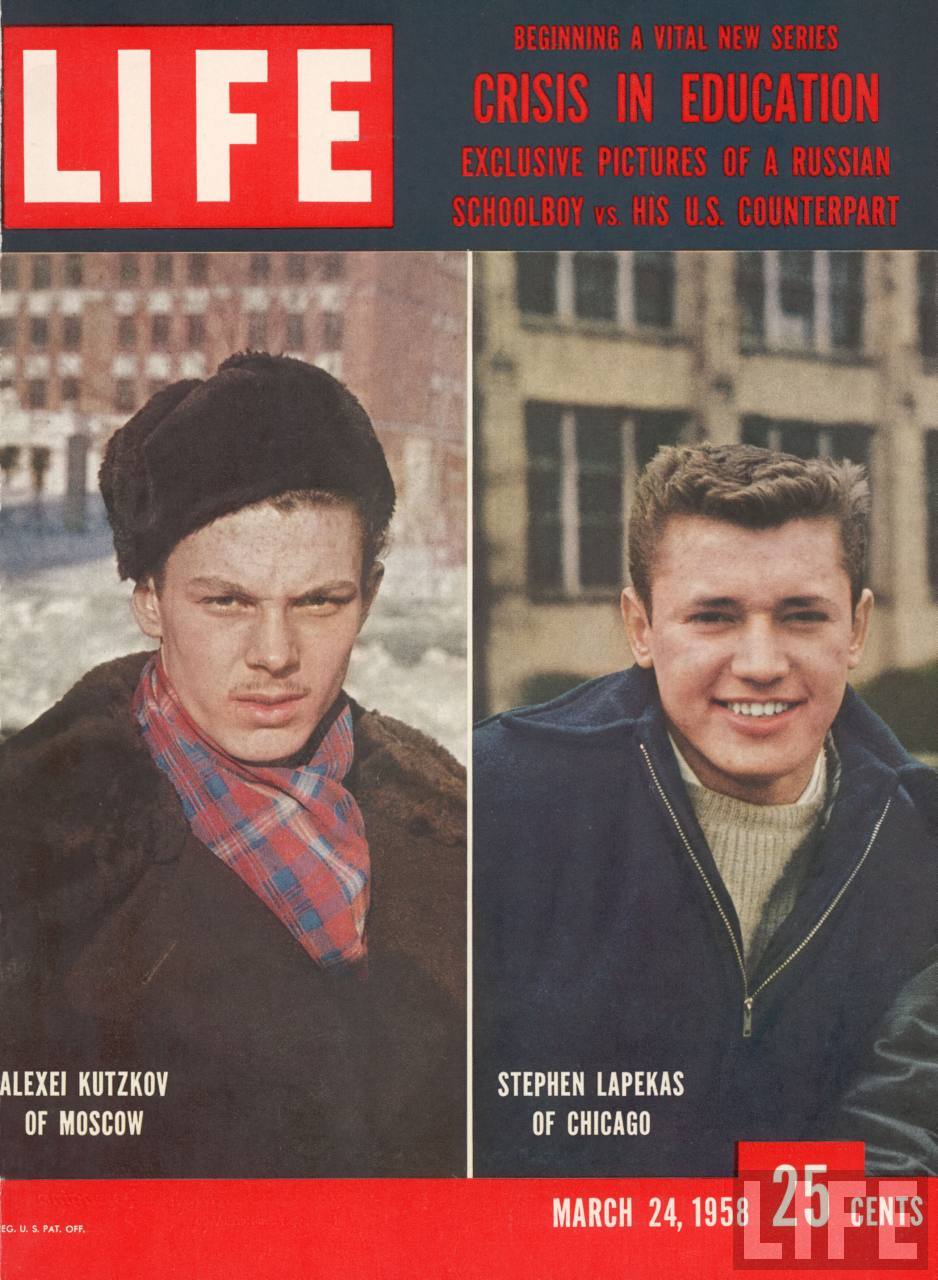
LIFE cover 03-24-1958 re. differences in Russian and American education comparing Moscow student Alexei Kutzkov (L) and his Chicago counterpart Stephen Lapekas (R) in photos by Howard Sochurek & Stan Wayman respectively.© Time 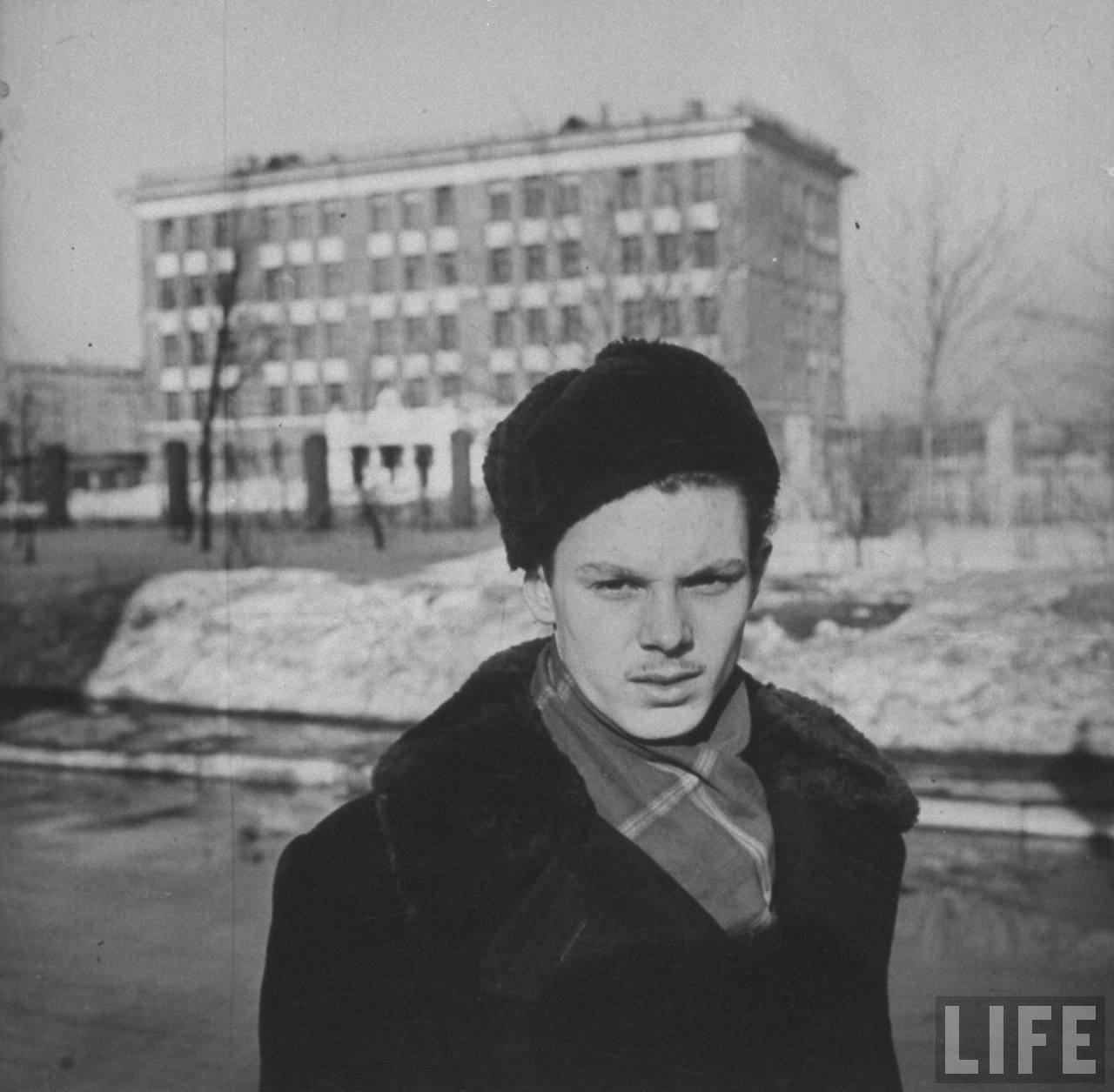
Russian high school student Alexei Kutzkov. ©Time.Howard Sochurek. 
Soviet public school student Alexei Kutzkov studying an engine in machine shop class. ©Time.Howard Sochurek. 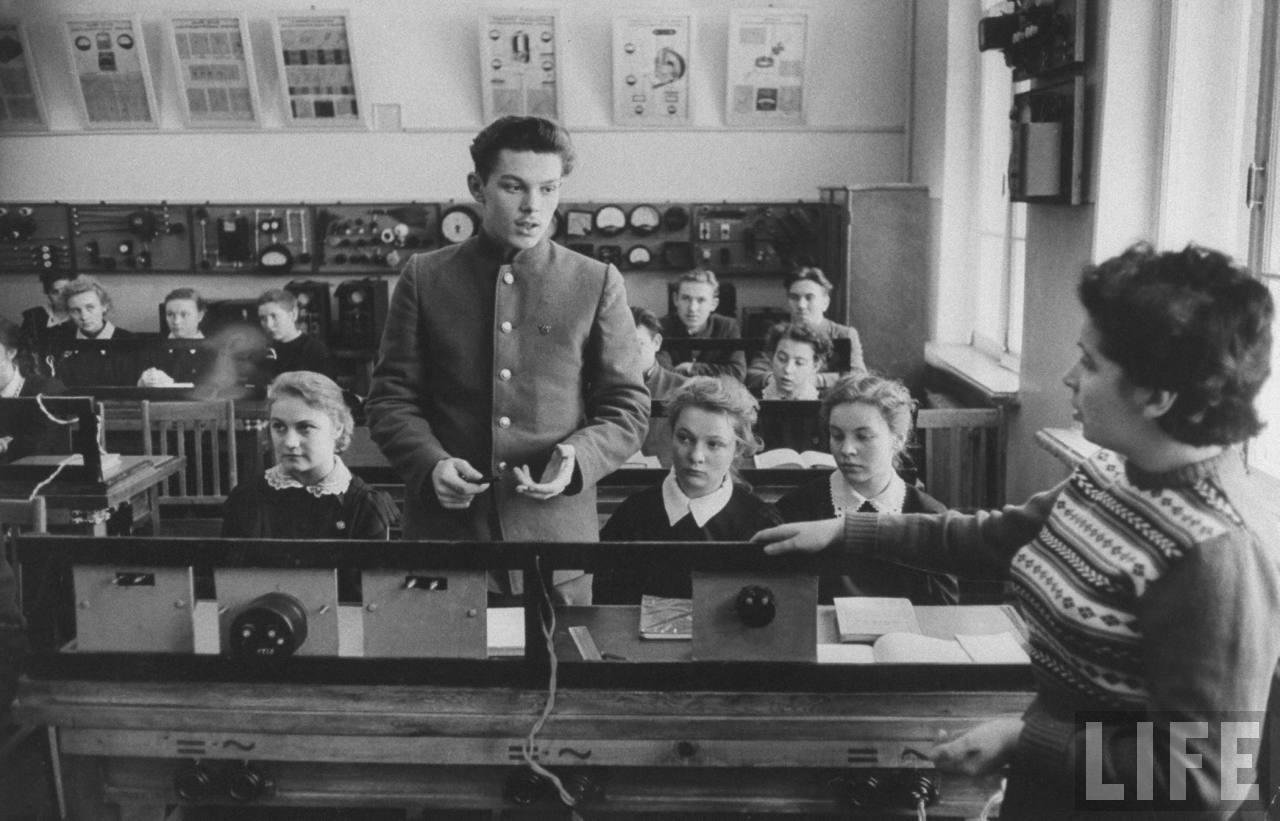
Alexei Kutzkov and other students attending class. ©Time.Howard Sochurek. 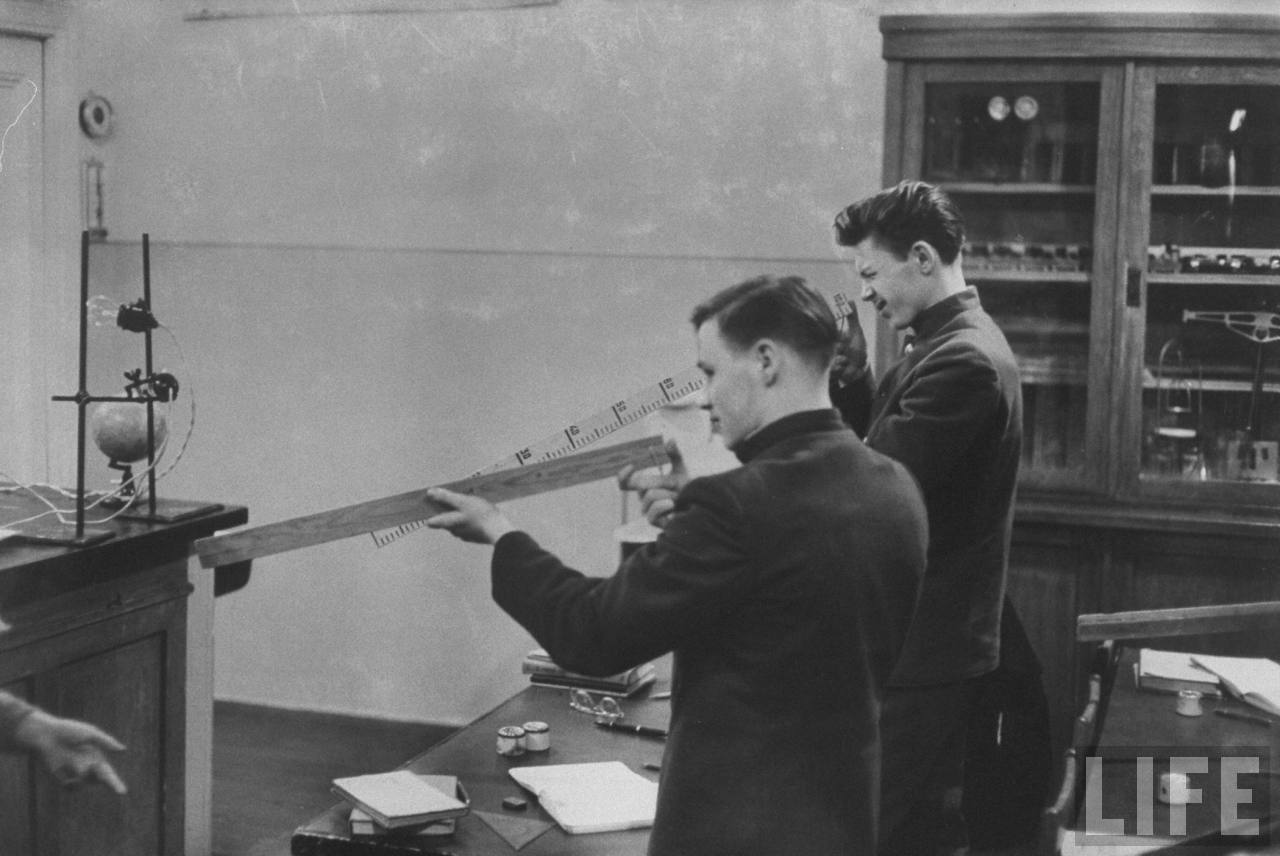
Alexei Kutzkov (C) attending physics class. ©Time.Howard Sochurek. 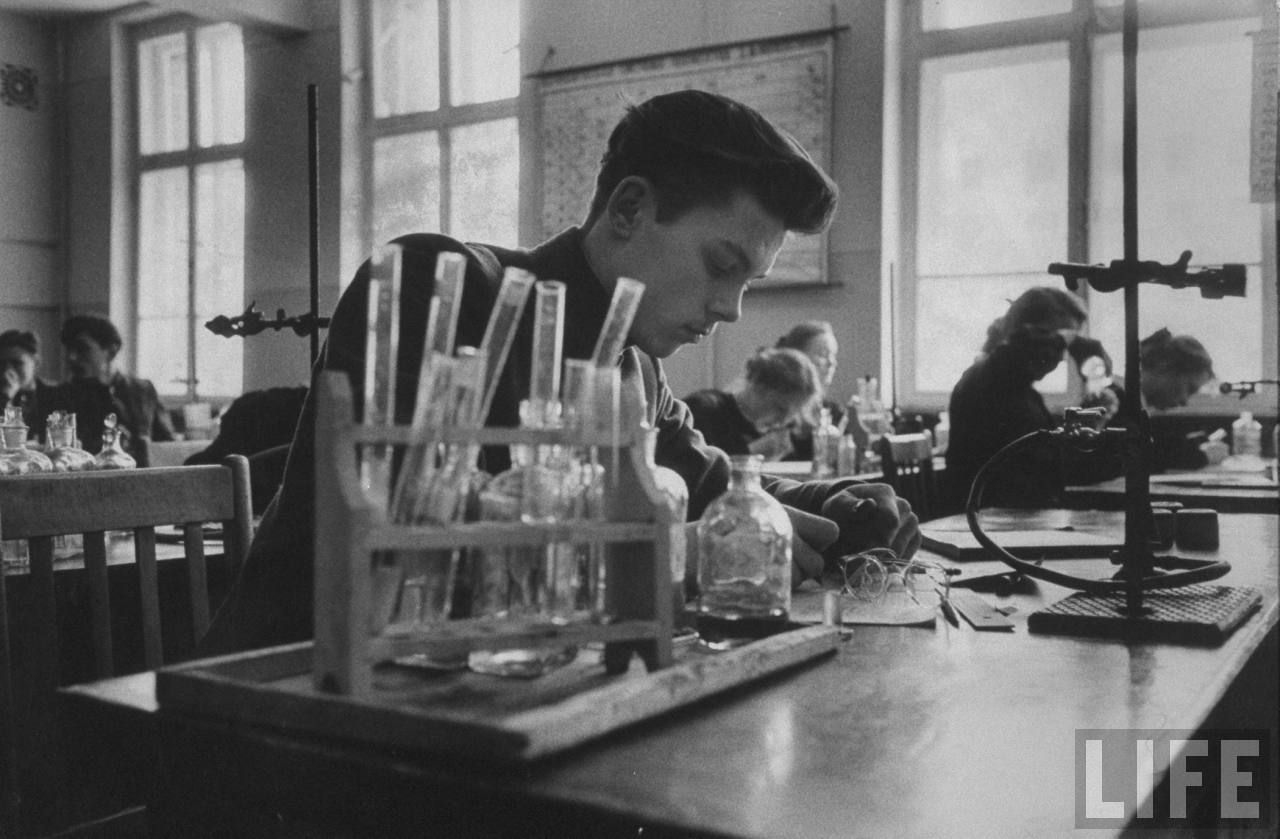
High school student Alexei Kutzkov working in chemistry class. ©Time.Howard Sochurek. 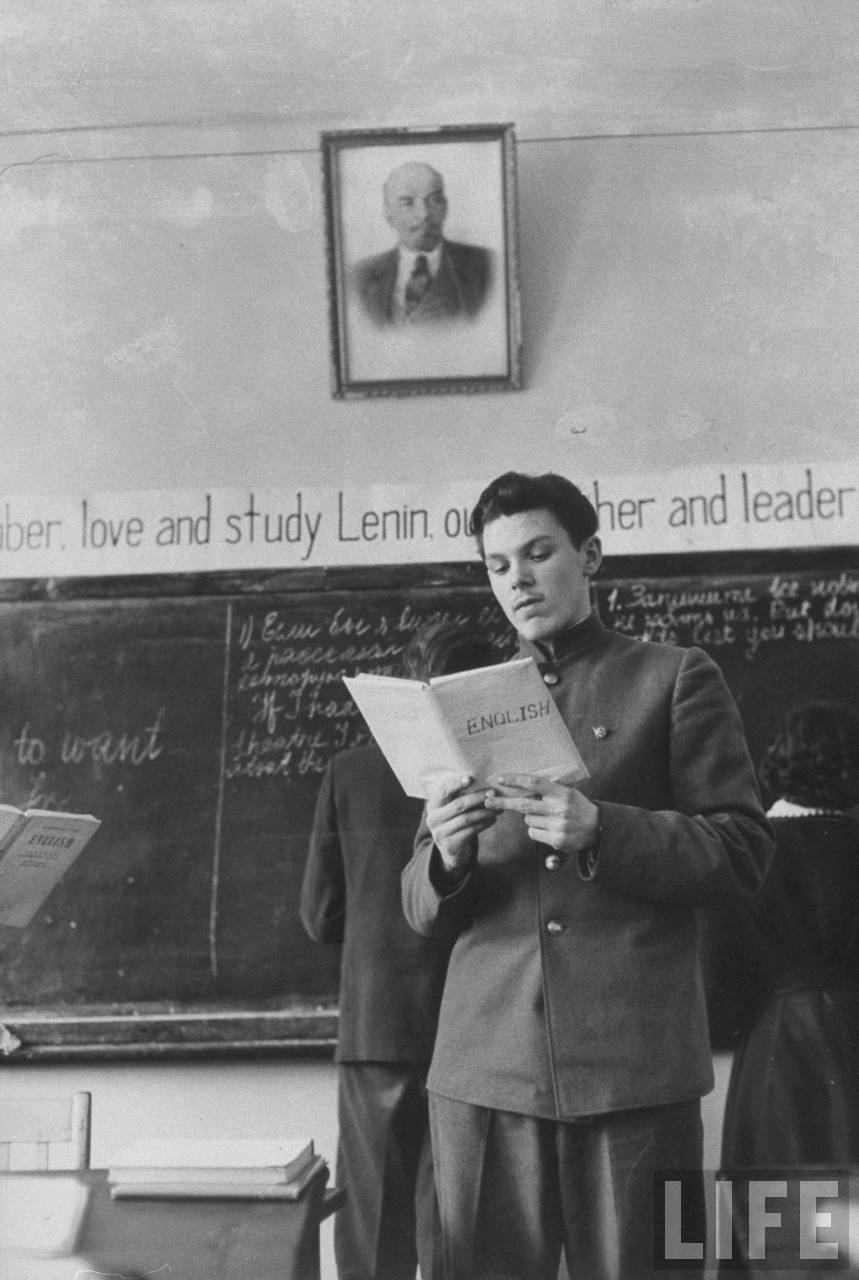
High school student Alexei Kutzkov studying English in public school. ©Time.Howard Sochurek. 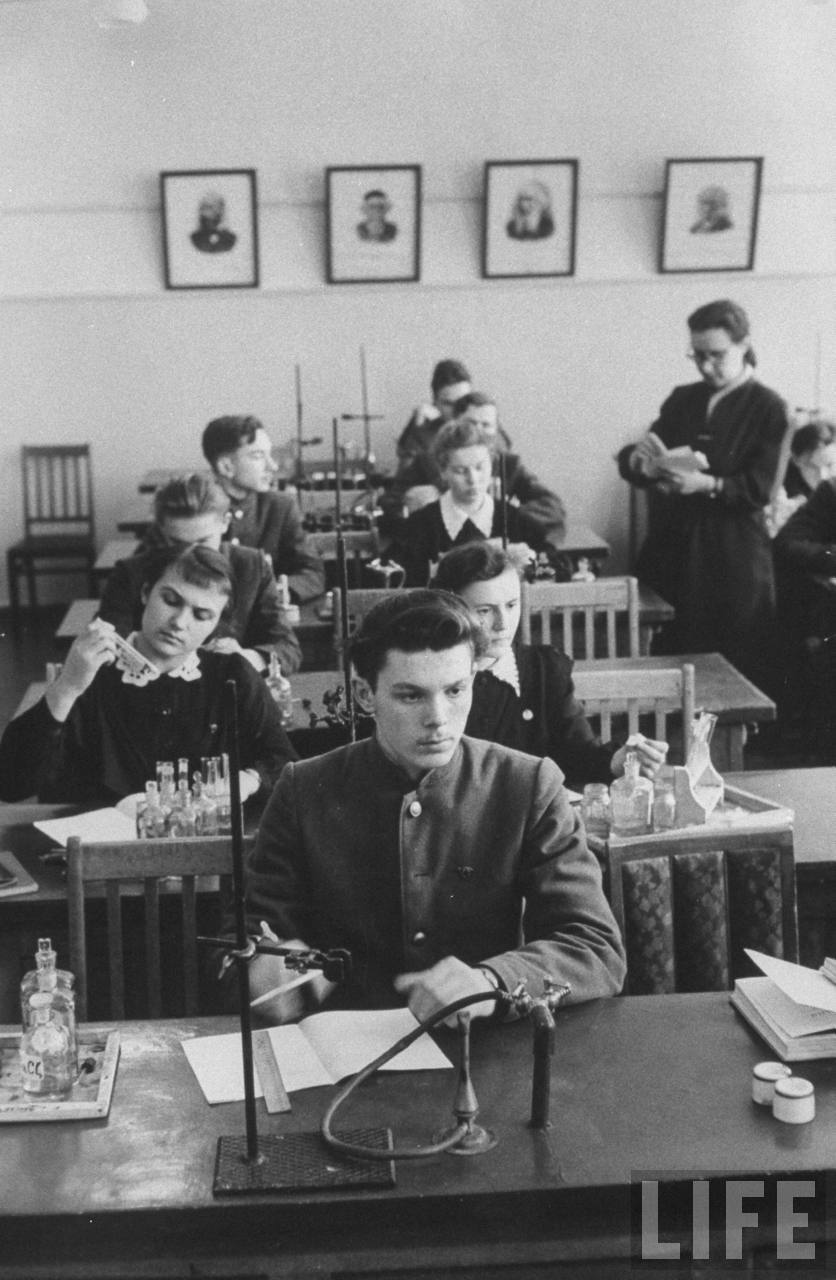
Alexei Kutzkov (C fore) and other students listening during chemistry class. ©Time.Howard Sochurek. 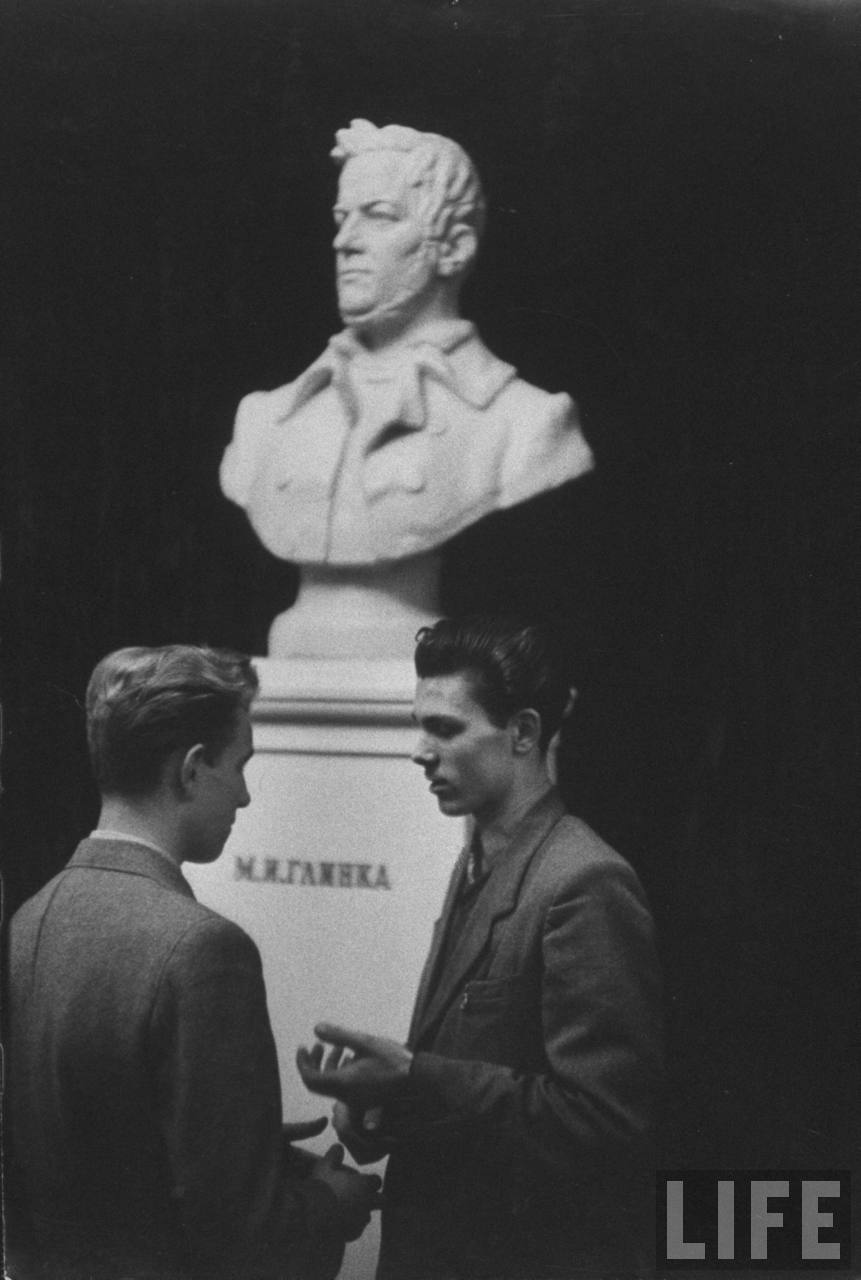
High school student Alexei Kutzkov (R) and a classmate stand beside a bust of composer Mikhail I. Glinka at the Moscow Music Conservatory. ©Time.Howard Sochurek. 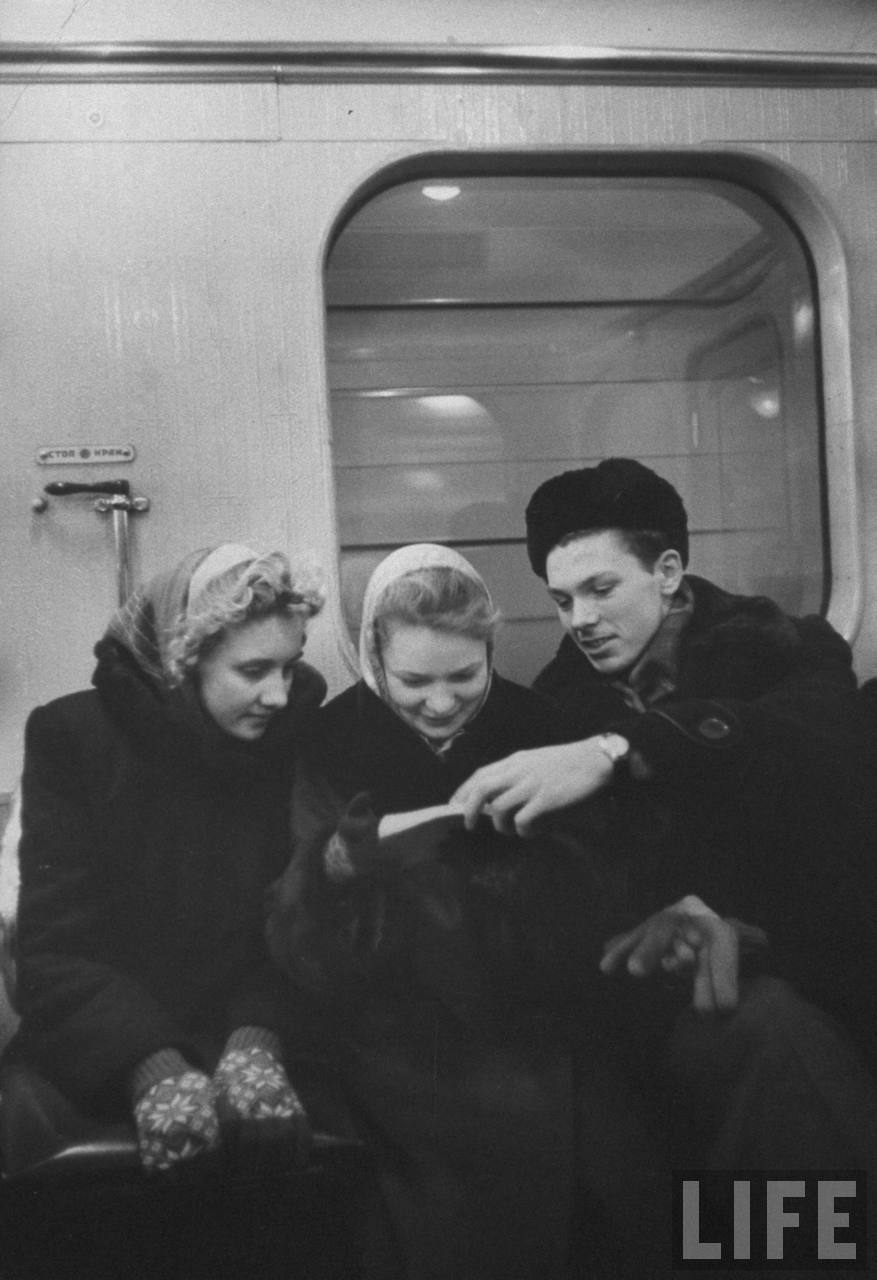
Russian high school student Alexei Kutzkov riding subway with school friends during field trip. ©Time.Howard Sochurek. 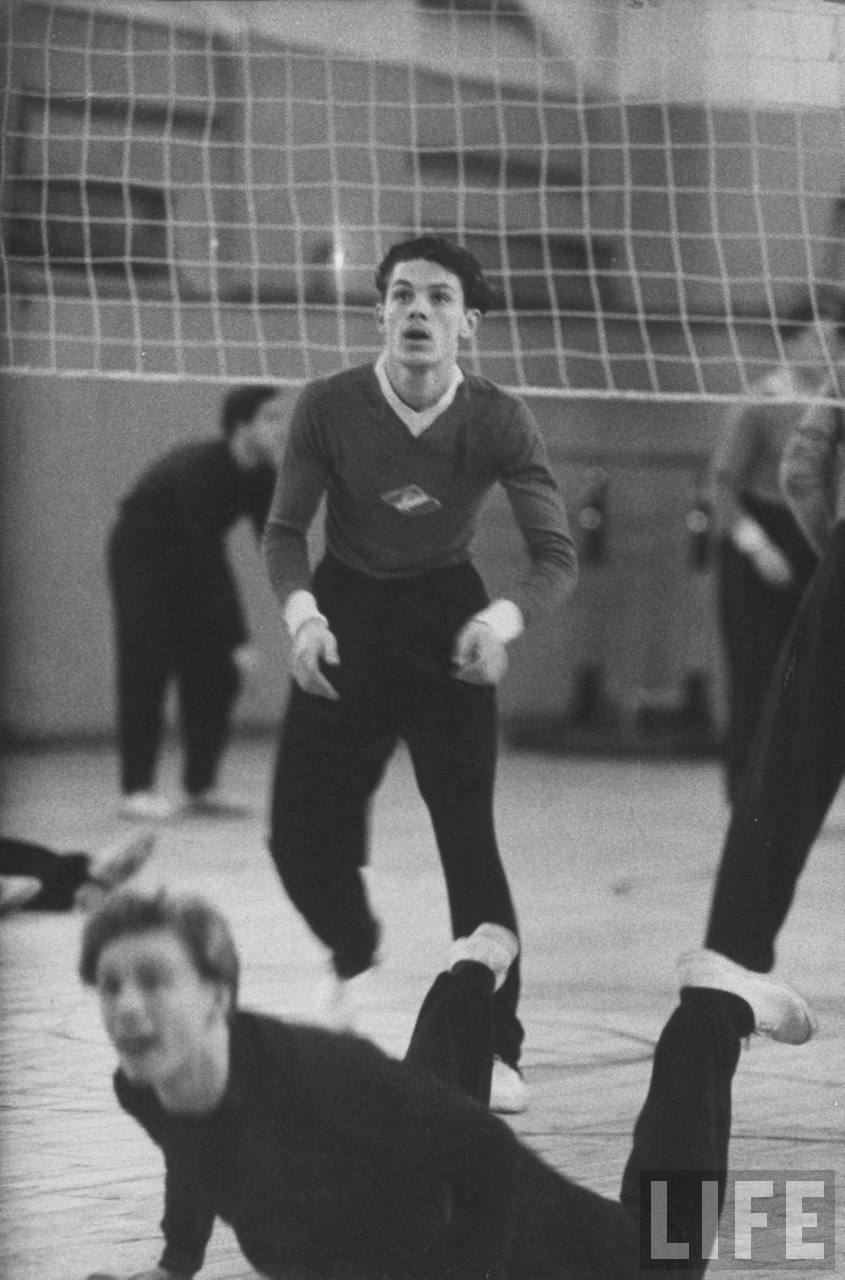
High school student Alexei Kutzkov playing in a volleyball game. ©Time.Howard Sochurek. 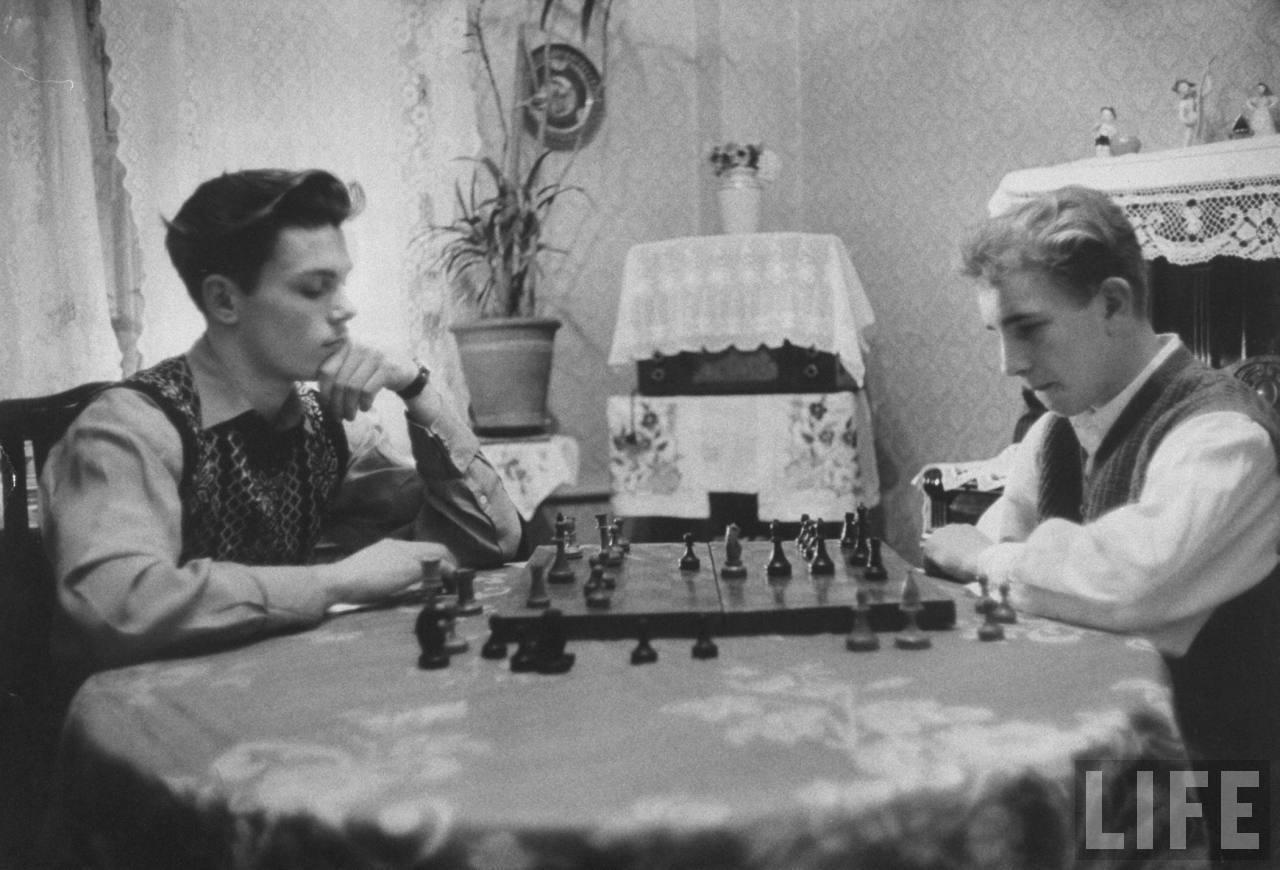
Alexei Kutzkov and Oleg Koryakovsky playing chess. ©Time.Howard Sochurek. 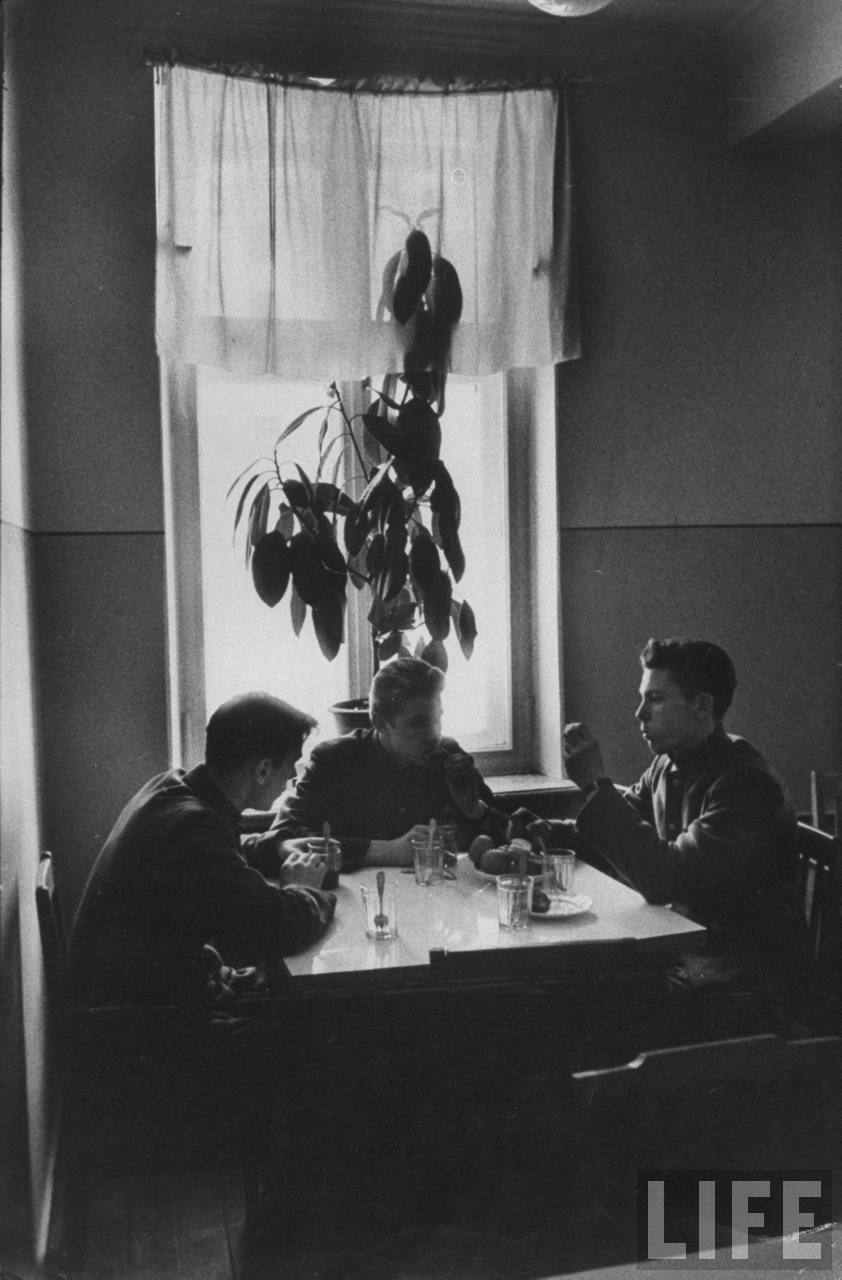
Alexei Kutzkov (R) and friends having lunch. ©Time.Howard Sochurek. 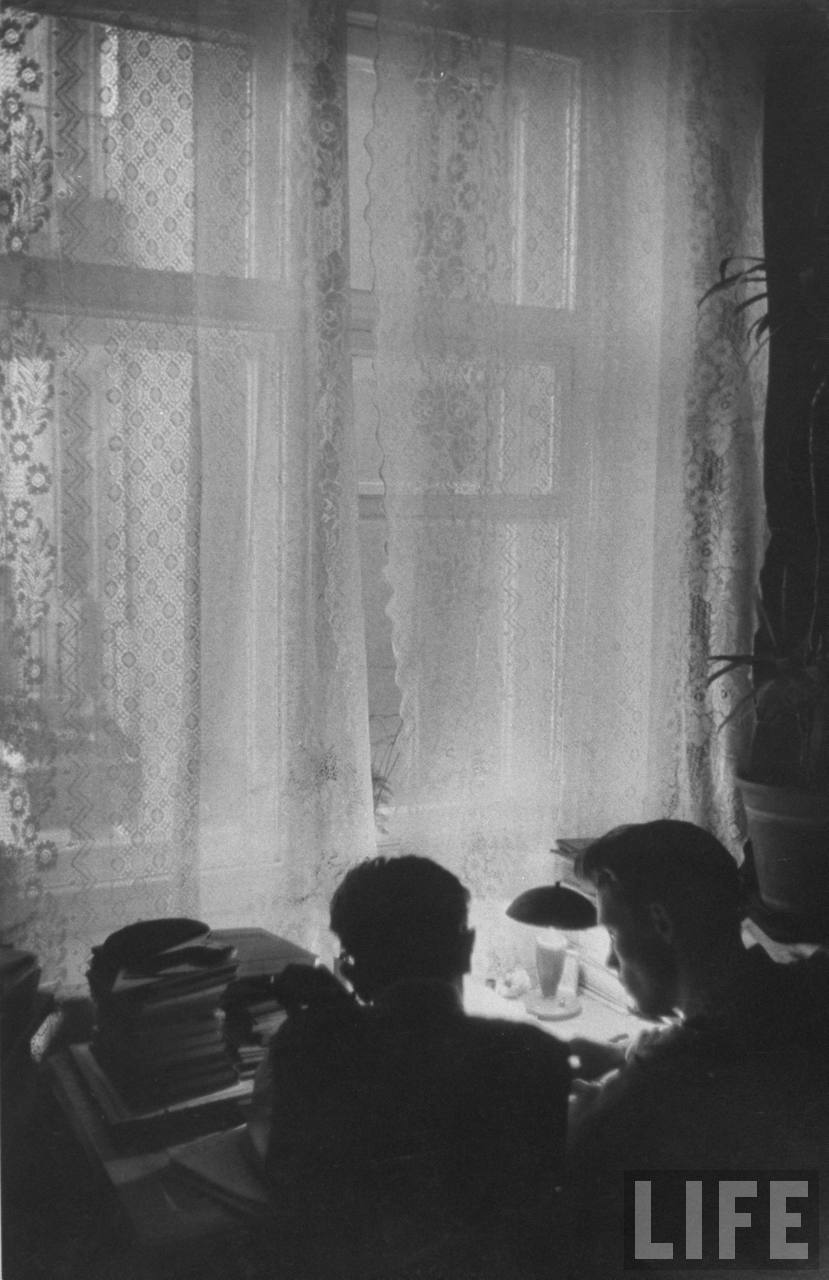
High school student Alexei Kutzkov and a friend studying together. ©Time.Howard Sochurek. Continue to part II.
Continue reading →Old Newspapers: Soviet Invasion Of Afghanistan
Previously:
Behind The Iron Curtain: Rules for the Soviet Military Contingent In Afghanistan
Behind the Iron Curtain: War In AfghanistanIn December of 1979, when my age was barely in the double digits, the Soviet invasion of Afghanistan didn’t really make a big splash on the the government-run news. The New Year 1980 celebration was coming up, people were busy buying presents and stocking up on hard-to-find delicacies for the holiday table; and the TV mumbling something about helping out our Afghan brothers sounded exactly the same as it did every other time the Soviet Union was fighting a remote Cold War battle by proxy. I don’t think that many people knew then that these events will affect the country for the next ten years, destroy tens of thousands of Soviet and millions of Afghan lives, and ultimately contribute to the end of the USSR.
January 14, 1980 © Time Inc. I wondered how the first days of the invasion were covered in the American press, so I stopped by the library to look at the old newspapers. Looks like it made front page news almost right away but there was some uncertainty about the extent of the Soviet military deployment. In less than a month it made it to the cover of the Time magazine. In Kansas City the invasion coincided with the firefighters’ strike so most of the front page space was dedicated to the coverage of the union negotiations and how the city was handling the lack of fire protection.
Continue reading →
All the articles should be large enough to read if you click on the image. The microfilm quality is not the best, but it has nothing to do with me.